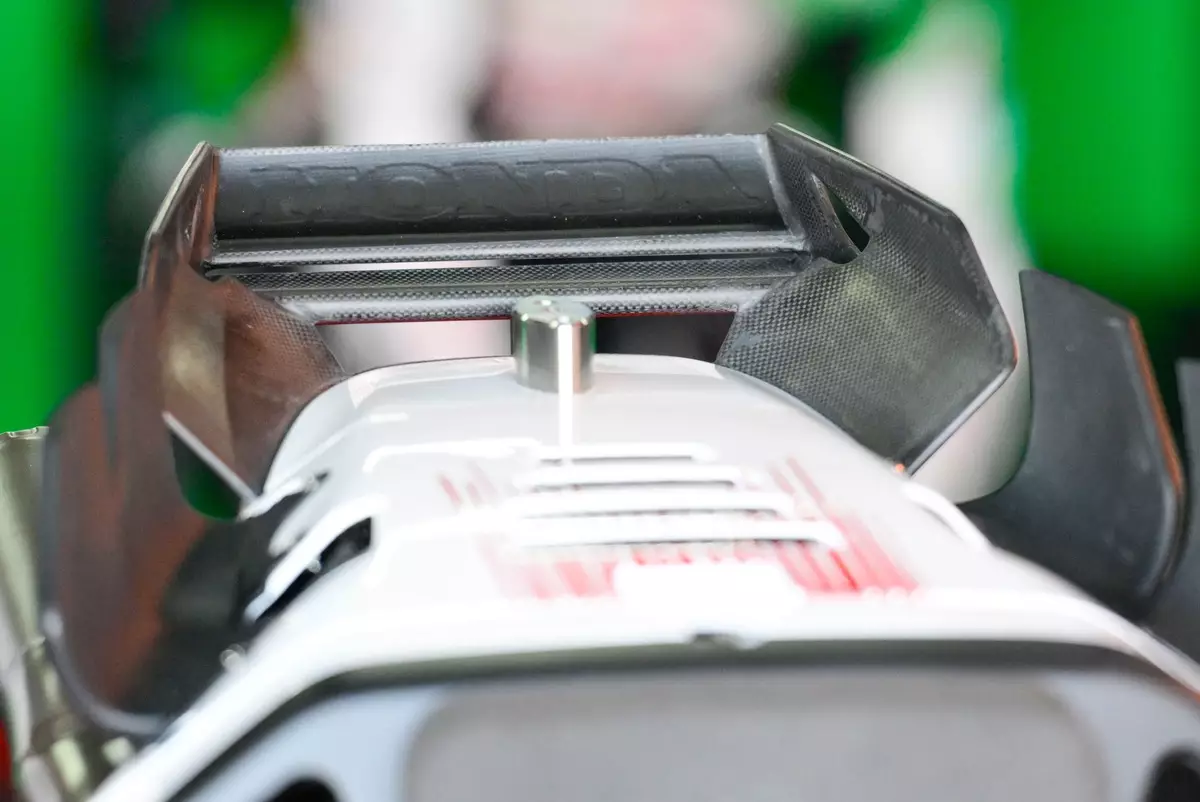As Honda prepares for the upcoming MotoGP season, the manufacturer is dedicated to an ambitious overhaul of its RC213V bike, which has faced challenges in recent years. During a test session in Buriram, Thailand, they showcased their latest innovation aimed at enhancing performance: a refined rear section equipped with aerodynamic modifications. This represents a critical effort to boost competitiveness against rival teams, particularly Ducati, which has been setting the pace in top speed.
The motorcycle racing landscape is ever-evolving, with manufacturers constantly seeking advances in technology and design to outperform their competitors. Honda’s latest modifications, put to the test primarily by their top points scorer, Johann Zarco, include not only aesthetic changes but strategic engineering iterations designed to maximize speed and efficiency.
Aerodynamics play a pivotal role in MotoGP, where every fraction of a second counts on the track. At the heart of Honda’s recent changes lies a sophisticated aerodynamic system featuring new wings and a rear spoiler. Notably, the design employs two vertical flaps working in a counterbalance manner to manipulate airflow, driving air into the bike’s rear section and thus enhancing the efficiency of the rear wing. This engineering principle is crucial for generating additional downforce, which translates to improved traction and stability during high-speed maneuvers.
The previous design showcased a ‚flap tower‘ profile that was ultimately discarded in favor of this more streamlined approach aimed at optimizing the bike’s overall aerodynamic performance. Such nuanced adjustments are critical, especially given that Honda has faced notable top-speed deficits against competitors like Ducati, which continue to lead in that arena.
A Multifaceted Approach to Performance
While the focus has been on aerodynamic changes, Honda has recognized that power delivery from the engine remains a significant component of performance enhancement. Engineers are fully aware that mere speed is not the only factor; ensuring the engine’s power output complements aerodynamic improvements is essential. Testing different configurations across their diverse range of bikes, Honda aims to collect granular data that can further inform refinements.
In the latest test, rider Luca Marini also made notable progress, achieving a commendable sixth-place finish, closely followed by Zarco in seventh. These results are a promising indicators of Honda’s evolving competitiveness. Zarco’s feedback points towards a favorable response from the bike when fitted with new tires, yet he acknowledges that progress must accelerate to bridge the cooling gap with leading teams.
Zarco’s insights reveal a deeper challenge that teams face during test runs: the adaptability of the bike to varying tire compounds. He expressed satisfaction with the bike’s performance during bursts of speed, particularly in the latter stages of the test when fresh tires were mounted. However, he also lamented the discrepancies in tire behavior between testing sessions in different locations—indicating that the nuances of tire performance can drastically alter the bike’s handling characteristics lap after lap.
This reality of rapid development and tire management makes it imperative for engineers and riders alike to strike a balance that maximizes the bike’s potential while being flexible enough to adapt to changing conditions on the track. Zarco’s commentary encapsulates the persistent quest for improvement and the inherent pressures riding on manufacturers, who are consistently chasing the elusive breakthrough moment that will solidify their status among the frontrunners.
As the countdown to the MotoGP season intensifies, Honda’s ongoing modifications signify a critical junction in its race program. The tweaks and technological advances being implemented are not merely cosmetic; they reflect a concerted strategy aimed at regaining ground in a competitive field. With the season beginning in early March, the team’s ability to translate testing successes into race-day performances will be crucial.
Honda’s commitment to innovation is commendable, but it underscores a deeper narrative in the world of MotoGP—one where progress can be measured not just in outright speed but also in the nuanced adaptations required to maintain a competitive edge. As Zarco and his team of engineers gear up for what promises to be an exhilarating racing season, their efforts emphasize the relentless pursuit of excellence that defines the spirit of motorcycle racing.


Napsat komentář